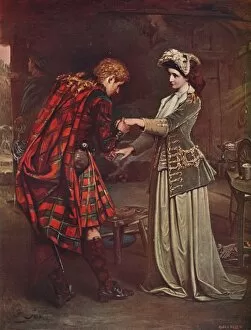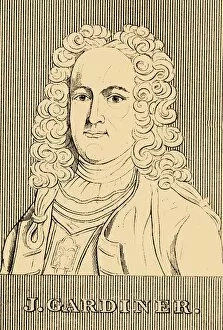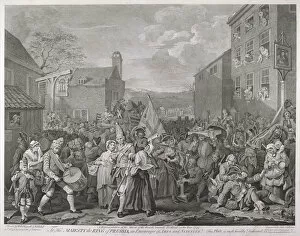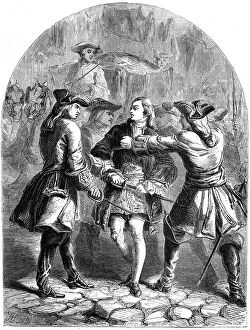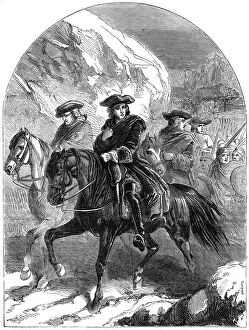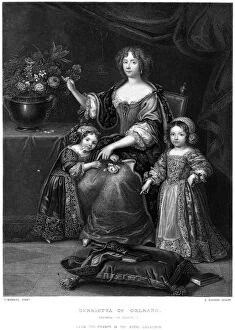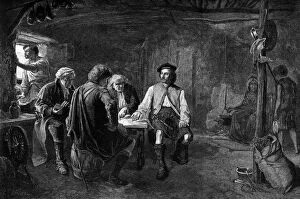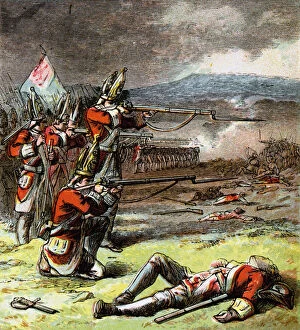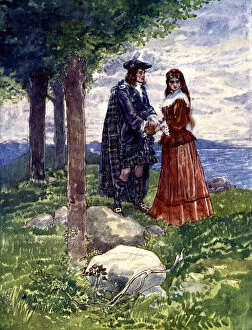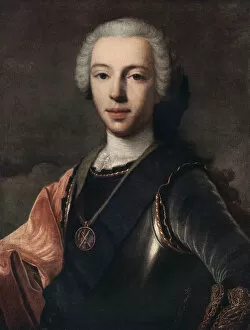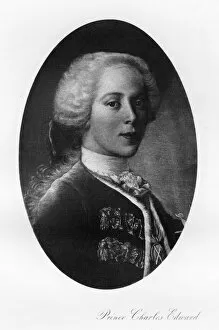Jacobite Rebellion 1745 1746 Collection
The Jacobite Rebellion of 1745-1746 was a pivotal moment in Scottish history, marked by political intrigue, bravery, and ultimately defeat
For sale as Licensed Images
Choose your image, Select your licence and Download the media
The Jacobite Rebellion of 1745-1746 was a pivotal moment in Scottish history, marked by political intrigue, bravery, and ultimately defeat. This tumultuous period is vividly captured in various artworks that depict the key events and figures associated with the rebellion. One such artwork is "The Order of Release" by John Everett Millais, painted in 1852-1853. This poignant piece portrays the aftermath of the rebellion, showing imprisoned Jacobites being freed and reunited with their loved ones. It serves as a reminder of the human cost of this conflict. Another notable painting is "Prince Charlies Farewell to Flora MacDonald" (1905), which immortalizes an iconic moment during the rebellion. Flora MacDonald's courageous act of helping Bonnie Prince Charlie escape capture has become legendary, symbolizing loyalty and sacrifice. William Hogarth's "Simon Lord Lovat" (1746) offers a glimpse into one of the key players in this uprising. Lord Lovat was known for his cunning strategies and shifting allegiances throughout the rebellion, making him both feared and respected. "The March to Finchley-A Representation of the March of Guards towards Scotland" (1761) by Luke Sullivan captures another aspect of this conflict: England's response to quell unrest in Scotland. The painting depicts British troops marching towards Scotland to suppress further uprisings. Other artworks provide glimpses into specific moments or individuals involved in these events. For instance, there are depictions like "Col. Gardiners house, and field of Prestonpans" (1845), showcasing significant battle sites during the rebellion; portraits like "J. Gardiner" (1830) and "Herring" (1830), capturing important figures who played roles on opposing sides; or images like "Lord Lovat" (c1872), offering insight into one enigmatic character central to this period.


